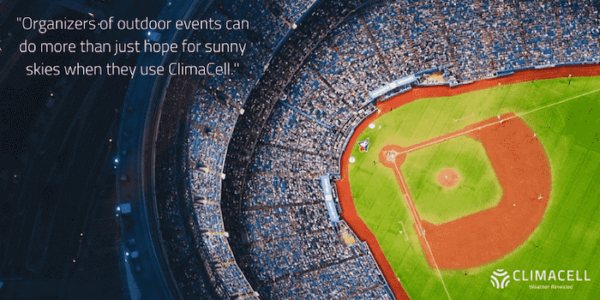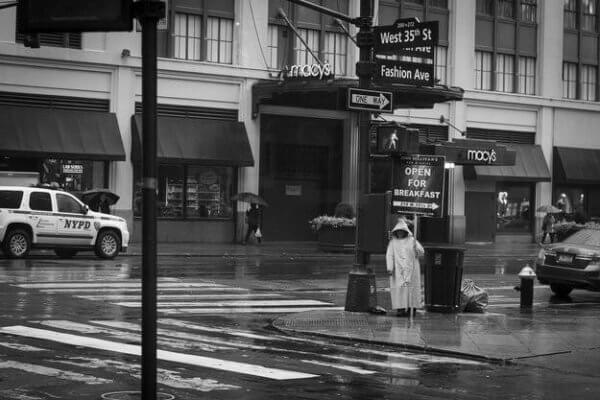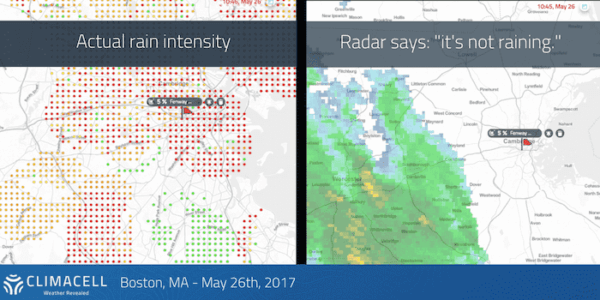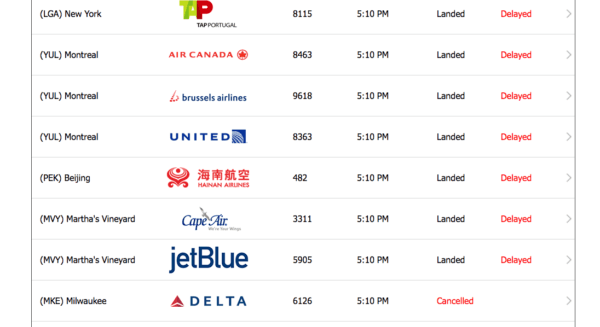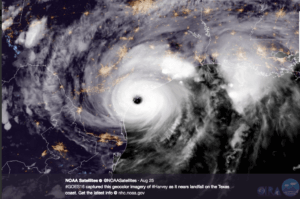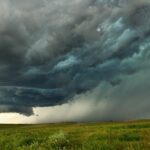What separates the average runner or football player from a professional athlete?
The answer lies in something so elementary, you do it every day without even thinking: breathing. (And okay, an intense training regimen, hitting the genetic lottery, and a team of coaches and medical staff definitely helps.)
Before ever learning to throw a ball, pick up a weight, or land a free throw, athletes have to learn how to breathe: in through the nose and out through the mouth. It’s one reason you can sometimes see NFL athletes taking oxygen on the sidelines or why commentators talk about VO₂ max stats.
“This measurement of highest oxygen consumption, called VO₂ max, is the best gauge of cardiorespiratory fitness. Training the body to breathe less actually increases VO₂max, which can not only boost athletic stamina but also help us live longer and healthier lives.” – James Nestor, author of Breath: The New Science of a Lost Art
The average person takes more than 17,000 breaths a day — and this number goes up during physical activity. So when air quality drops due to pollution or wildfires, it can be difficult to do anything, let alone compete at a high level. Whether you’re swinging a bat for your local intramural softball team or managing scheduling for a massive sporting event, air quality matters for health and safety.
With the start of football season in the US and raging wildfires on the West coast still impacting air quality for many stadiums, air quality has never been more important for athletes looking to compete at the top of their abilities.
Why Air Quality Matters for Sporting Events
Air quality is often overlooked as a factor in athletic performance. While it may not be as obvious as rain, sleet, hail, or thunderstorms, over the last few years, air quality has become a major issue for athletes across the United States.
This is especially true on the West Coast, as wildfires rage from June to September — prime outdoor sports season. In California alone in 2020, wildfires burned across 1,443,152 acres, a 952% increase over the same time period in 2019. But the impact of wildfires reaches far beyond their immediate devastation. In fact, smoke from the wildfires in California is visible as far away as Kansas.
Air quality can impact safety, visibility, and performance. The EPA measures air quality on a scale from 0-500, with anything over 200 designated as “very unhealthy.” Certain states, like California, require N95 masks to be provided to employees when air quality rises above 150.
Postponing or delaying games aren’t decisions to make lightly. Stadium operators and team managers have to consider fan and player safety against revenue losses and staffing shortages. In 2020, MLB officials postponed several Giants and Mariners games due to poor air quality, and it’s likely to happen again in 2021.
How the NFL Uses Weather Intelligence to Monitor Air Quality
That’s exactly why Stephanie Durante and her team at the NFL use Tomorrow.io for weather intelligence. They coordinate hundreds of games in hundreds of stadiums across the United States from their New York office. Tomorrow’s comprehensive dashboard gives them a complete picture of what to expect — and what decisions they need to make.
“We look at it from a week-to-week perspective so we can see each of the stadiums that are hosting a game on any given week and see where we might see rain, where there could be lightning or air quality, for example, and what those alerts would be for each of those locations. We can look at the NFL as a whole so we manipulate the dashboard to fit our needs.” – Stephanie Durante, VP of Operations at the National Football League
Durante and her team have a plan for no matter the weather. When it comes to air quality, the NFL game operations manual states that the league “will be prepared to relocate a game if there is definitive evidence that the AQI will remain consistently above 200 for a significant period of time, including the day of the game being played in the affected stadium.”
Air quality data, combined with the weather forecast, can help coaching staff and operations crew like Durante’s team better understand the risks to their players from heavy smoke combined with humidity and temperature. This type of data can improve player performance and improve the overall team results both in the short and long term.
Get Hyperlocal Air Quality Data with Tomorrow.io
For anyone struggling to manage operations for a large sporting event, air quality is just another variable to manage. Instead of worrying about the safety of your athletes, staff, and fans each day, you can have peace of mind with the Tomorrow.io platform.
Tomorrow.io’s air quality offering includes both US and China EPA index parameters, along with PM<10 (dust), PM< 2.5 (not visible), Ozone (fuel+radiation), NO2, and SO2 levels. By actively visualizing air quality and using predictive analytics to understand future trends, your athletic teams can breathe easier — and focus on the big game.



